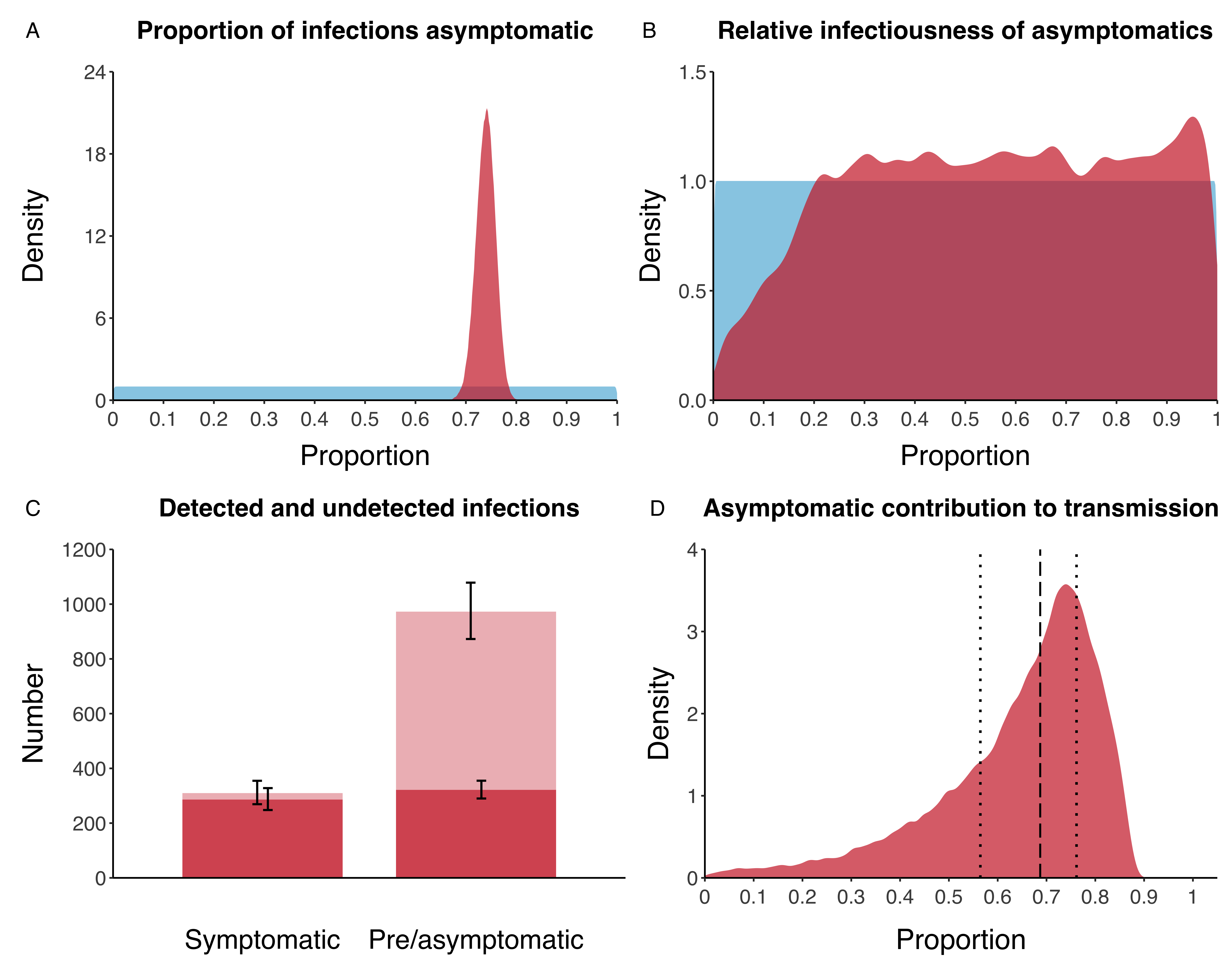So far the most repeated response by the Swedish chief epidemiologist Anders Tegnell, when faced with criticism, seems to be "In the fall we will know what countries were successful". It really irks me, because to me it sounds as if they won't even consider changing their approach, no matter what happens, regardless of the rising number of deaths and the constantly growing amount of data.
For example, judging by the Public Health Authority's actions (or rather lack of action) they seem to be aiming for herd immunity and concentrating their efforts along those lines (despite the obvious: no one knows the scientific facts about covid-19 immunity, so it's all just based on assumptions and speculations). However, when asked about it
they deny that herd immunity would be their aim, saying that "herd immunity is simply a fact, the more people who have had the disease, the fewer are able to spread it." ...
Then they do a study on antibodies and are
surprised by the result (7,3% i Stockholm, 3.7% in Västra Götaland, the region of Göteborg/Gothenburg which is Sweden's second largest city) which turns out to be way lower than they had expected based to their models: most recently around 20%, but just a few weeks ago they speculated that herd immunity of 40-60% could be reached in Stockholm in May... In interviews Tegnell chose to focus on the possible reasons why the result may be wrong (sample may not be representative, the number may have risen a lot in the 2 weeks since, maybe the tests aren't accurate enough, maybe not all those who have been infected have developed anti-bodies etc etc etc...).
Another Swedish study that was in the news yesterday reports that among people younger than 19 years nearly 8% have developed antibodies. Among people between 20–64 years old 7% and among people older than that around 3%.
In the light of that, I was very surprised to see some slightly self-critical comments by Tegnell in
an interview today:
Tegnell Google Translate said:
"Should we encounter the same disease, with exactly what we know about it today, I think we would land in doing midway between what Sweden did and what the rest of the world did. [...]
I think there is potential for improvement in what we have done in Sweden, quite clearly".
Sveriges Radio article Google Translate said:
Unlike many other countries in Europe, Sweden chose a strategy that would limit the spread of the corona virus, while protecting risk groups. Not pushing it down as much as possible.
The strategy has allowed us to have a more open society.
But it has also caused the spread of infection in society, albeit at a lower level and even if the deaths have dropped, nearly 50 people still die in Sweden a day. And a total of more than 4,000 people have died in Sweden after being infected by the new corona virus.
State epidemiologist Anders Tegnell has constantly argued that Sweden had the most sustainable strategy, but he is now also self-critical. It is among other things the high death tolls that got Anders Tegnell to think about.
Have too many people died too soon in Sweden, so far?
- Yes absolutely.
And had it been possible to do something about it?
- Yes, that is what we might consider in the future if there was any way to prevent it.
"In the future"? Why not now, today? There's still time to take action to prevent further avoidable deaths! The numbers of deaths and infected still keep rising in large parts of the country, and there's plenty more we could be doing to try and stop that. Don't make it sound as if it's something inevitable that is going to happen no matter what. You have the power to make the necessary changes, today! Where's the sense of urgency?!
It really irks me that the news websites publish articles with big headlines on the days when
the reported number of deaths are low, which usually happens on the weekends when there's a delay in data registration. It's really really misleading. For example last Wednesday there were 95 reported deaths, Friday 84, Saturday 45, yesterday 65 and today 74. On Sunday there were no reported deaths and immediately there were
news articles with big headlines like "No deaths reported - has not happened since March 13". However, when the numbers rise dramatically again the next day, as expected (since the reported numbers in question never reflected reality), there are no headlines, or maybe there's just some sentence in the middle of an article saying something like "the numbers are no longer decreasing".

And if you check the
numbers published by Statistics Sweden (a government agency) you can clearly see how the reported number of covid deaths for any given day keep changing over time, usually rising in the space of several weeks before they are final, sometimes by a lot (due to delays in registration of data etc). The misleading numbers keep getting all the attention, which in my opinion is a big problem.
And then they act surprised when more and more people stop following the recommendations about social distancing, travel restrictions etc...

